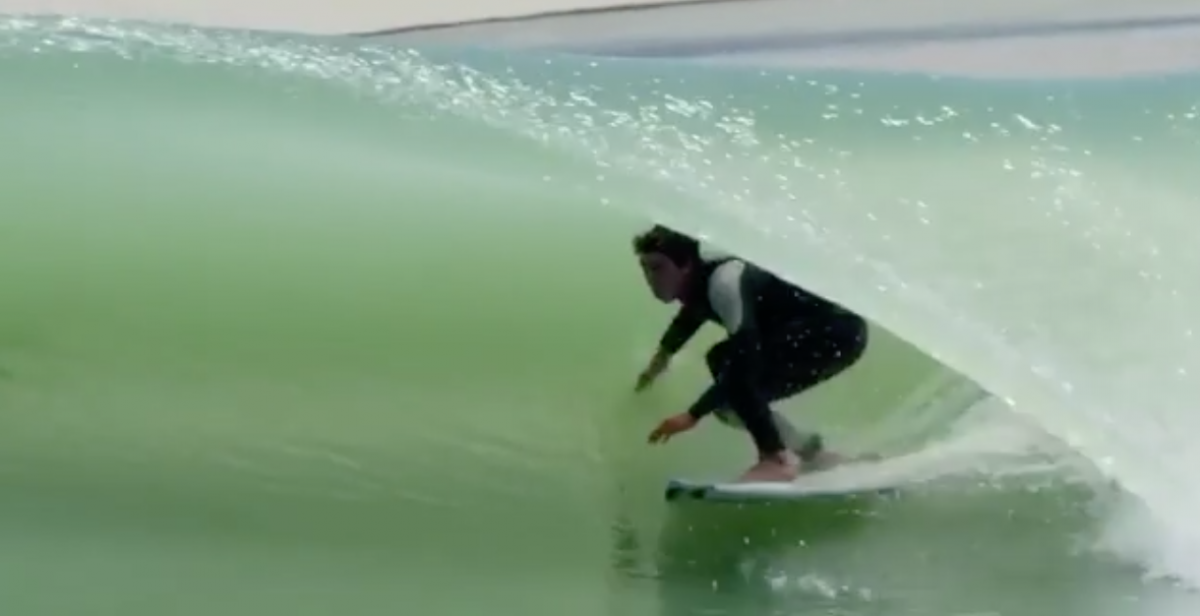In my readings about surfboard shaping, whether it be entirely hand-shaped or CNC-machined, there are a myriad of choices that must be made in the process. These are: the standard length, width, thickness, but also rail shape, nose type, tail, fin boxes, and bottom contours. It seems that a lot of these choices are fairly abstract in regards to their effect on the surfboards “performance.” That is, what the user intends to do with the board, for example, ride beach break barrels, small point break cruising, or another feeling entirely. When the surfer is up and riding the wave and the board has become a planing hull, the hydrodynamics involved are extremely complex and can be read about in more detail here: https://magazine.scienceconnected.org/2017/10/waves-physics-science-surfing/. While many see the surfer as moving across the wave parallel to the shore, the surfer is actually being carried entirely by the forces of the water being sucked up by the curl of the wave, (this is why it is harder to take off in steeper sections versus more gradual, the water is moving slower). Thus, the forces acting on the surfboard are really approaching at an angle fairly perpendicular to the stringer of the board and the surfer reacts to the way those forces interact with their board and moving rail to rail.

This is an image of a surfer getting tubed at the Surf Ranch, here the wave is entirely man-made, so there are no (atleast far less) forces to randomize the wave, and thus can be better analyzed. Here, we can where the forces from the water being sucked up the face are acting upon the board. They are the inside rail, tail, and a portion of the bottom. The surfer distributes his weight in such a way to maneuver his board into an extremely steep area, requiring good levels of body control and balance and you can see where the perfectly sculpted wave face engages with the surfers board and thus creates a spray of white water as it is forcibly redirected. The surfer must react to this redirection of force in order to not wipeout.

Another image of a surfer in New Jersey showing the spray of water being redirected and shot out the bottom from where it originally engages with the inside rail. The question is what role do bottom contours play into the flow of water as it is redirected, if any? The surfer here is placing weight on his toes to counteract the forces engaging with his inside rail and forcing the water across the bottom of the board.
Surfboard bottom contours can vary widely, from double-vees, standard concaves, double concaves, even channels, all of which hoping to redirect the flow of water in a certain way to achieve some effect on the ride. It seems to be the most widely misunderstood concept because of the high levels of variability in the direction the water is flowing and attempting to control it.